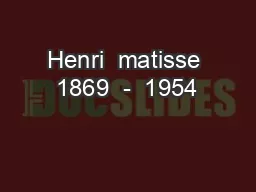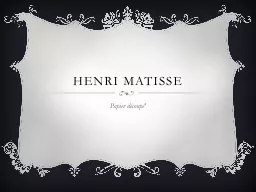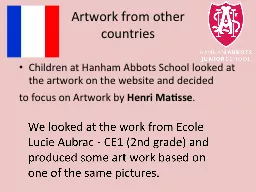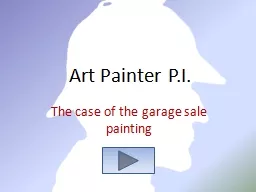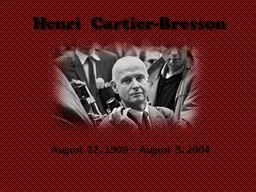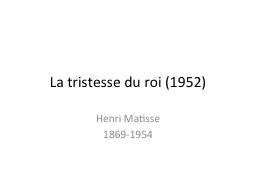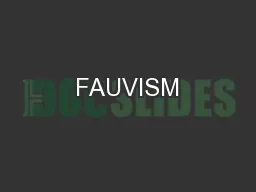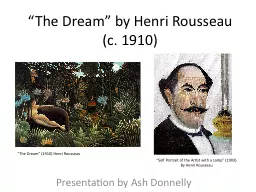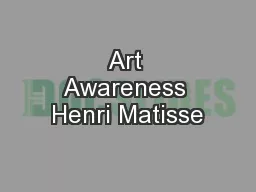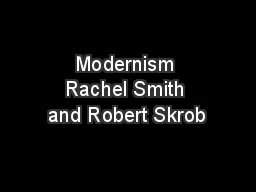PPT-Henri matisse 1869 - 1954
Author : phoebe-click | Published Date : 2018-10-26
Self Portrait 1906 Henri matisse Matisse was born in the north of France at Le CateauCambresis in 1869 Unlike many great artists Matisse didnt show any interest
Presentation Embed Code
Download Presentation
Download Presentation The PPT/PDF document "Henri matisse 1869 - 1954" is the property of its rightful owner. Permission is granted to download and print the materials on this website for personal, non-commercial use only, and to display it on your personal computer provided you do not modify the materials and that you retain all copyright notices contained in the materials. By downloading content from our website, you accept the terms of this agreement.
Henri matisse 1869 - 1954: Transcript
Download Rules Of Document
"Henri matisse 1869 - 1954"The content belongs to its owner. You may download and print it for personal use, without modification, and keep all copyright notices. By downloading, you agree to these terms.
Related Documents

